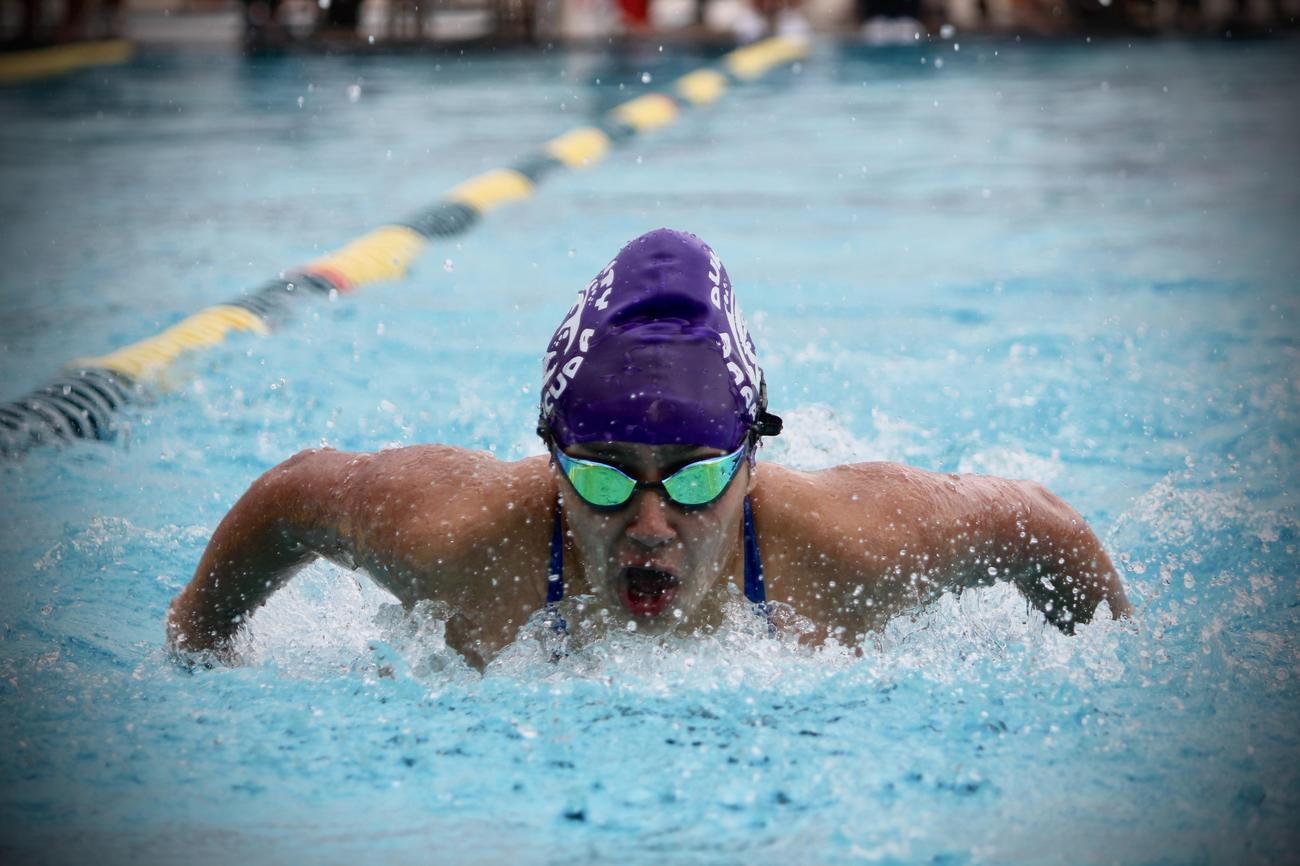Diving into History: Unveiling Fascinating Swimming Facts

Are you ready to embark on a captivating journey through the depths of history, where the waters of ancient civilizations flow? Join me as we dive into the fascinating world of swimming and uncover historical facts that have shaped this timeless activity. From the shores of ancient Egypt to the intricate pool designs of the Roman Empire, swimming has played an integral role in our past. In this article, we will explore lesser-known details, untold stories, and hidden treasures that highlight the remarkable evolution and impact of swimming throughout the ages. So, grab your goggles and let’s embark on this historical aquatic adventure!
Historical Facts about Swimming
Swimming, an activity enjoyed by millions around the world today, has a fascinating history that spans centuries. Let’s dive into the captivating historical facts about swimming that have shaped this popular water sport and recreational activity.
Ancient Origins:
Swimming can trace its roots back to Ancient Egypt in 2500 BC, where it was not only a means of bathing but also a form of exercise and recreation. The Ancient Greeks and Romans continued this tradition, recognizing the health benefits and enjoyment that swimming offered. In fact, the Greeks valued swimming so much that they considered it a necessary element of education for both boys and girls.
The Birth of Modern Swimming:
Fast forward to the 19th century, and swimming in Britain gained recognition as a competitive sport. In the 1830s, the National Swimming Society was formed, and championships were introduced. This marked a pivotal moment in swimming history, as it took the activity from a casual pastime to a focused and organized sport. The popularity of swimming soared, with people eagerly participating in races and adopting swimming as a form of exercise.
Olympic Legacy:
Swimming’s significance as a sport was further solidified when it became part of the modern Olympic Games. In 1896, swimming made its debut in the Olympics as a men’s sport, with the inclusion of two categories of freestyle. Since then, swimming has been an integral part of the Olympics, showcasing the incredible skills and endurance of athletes from around the world. Today, swimming remains one of the most popular and prestigious sports in the Olympic program.
Expansion and Evolution:
Over the years, swimming has expanded and evolved, giving rise to various swimming styles and events. The different strokes, including freestyle, backstroke, breaststroke, and butterfly, each offer their own unique challenges and techniques. This diversification has enhanced the competitive nature of swimming and provided athletes with a range of options to showcase their skills. Additionally, swimming has branched out into different events, such as relays and individual medleys, offering even more opportunities for swimmers to excel.
Conclusion:
In delving into the historical facts about swimming, we uncover the deep roots and profound impact of this water-based activity. From its humble beginnings in Ancient Egypt and Greece to its recognition as a competitive sport in Britain, swimming has come a long way. Its inclusion in the Olympic Games and the subsequent evolution of different strokes and events demonstrate the enduring popularity and significance of swimming. So, the next time you take a dip in the pool or watch a thrilling swimming race, remember the incredible historical journey that has shaped this beloved activity.
“Through centuries and across continents, swimming has held its place as an essential part of human culture and recreation.”
Swimming is not just a popular recreational activity; it also has a rich and fascinating history. If you’re curious about the origins and evolution of this beloved sport, you won’t want to miss our article on “10 Historical Facts About Swimming.” From ancient civilizations’ swimming practices to the development of competitive swimming as a sport, this captivating piece is sure to leave you informed and entertained. Dive into the world of swimming’s past by clicking here: 10 Historical Facts About Swimming.
FAQ
What is the history of swimming?
Swimming has a rich history that dates back to Ancient Egypt in 2500 BC. It was used for bathing, exercise, and recreation by the Ancient Greeks and Romans. In the 1830s, swimming became a competitive sport in Britain, with the formation of the National Swimming Society and the introduction of championships. It was later introduced to the Olympics in 1896 as a men’s sport, with two categories of Freestyle. Since then, swimming has evolved and diversified into various styles and events.
When did swimming become a competitive sport?
Swimming became a competitive sport in the 1830s with the formation of the National Swimming Society in Britain. This marked the start of organized swimming competitions and the recognition of swimming as a sport.
When was swimming introduced to the Olympics?
Swimming was introduced to the Olympics in 1896 as a men’s sport. It was included in the first modern Olympics held in Athens, Greece. Since then, swimming has been a prominent event in the Olympic Games.
What are the different swimming styles?
There are several different swimming styles or strokes, including freestyle, backstroke, breaststroke, and butterfly. Freestyle is the most common and fastest stroke, while backstroke involves swimming on the back. Breaststroke is characterized by a frog-like kick, and butterfly involves an undulating motion of the body and a dolphin kick.
How has swimming evolved over time?
Swimming has evolved significantly over time. From its early use for bathing and recreation in ancient civilizations, it developed into a competitive sport in the 19th century. Swimming techniques and strokes have also evolved, with new techniques being developed and refined. The sport has become more specialized, with various swimming styles and events being introduced. Additionally, technological advancements, such as improved swimwear and pool design, have further influenced the evolution of swimming.
- Unlock 6000+ words beginning with he: A comprehensive analysis - April 20, 2025
- Mastering -al Words: A Complete Guide - April 20, 2025
- Master Scrabble: High-Scoring BAR Words Now - April 20, 2025
















